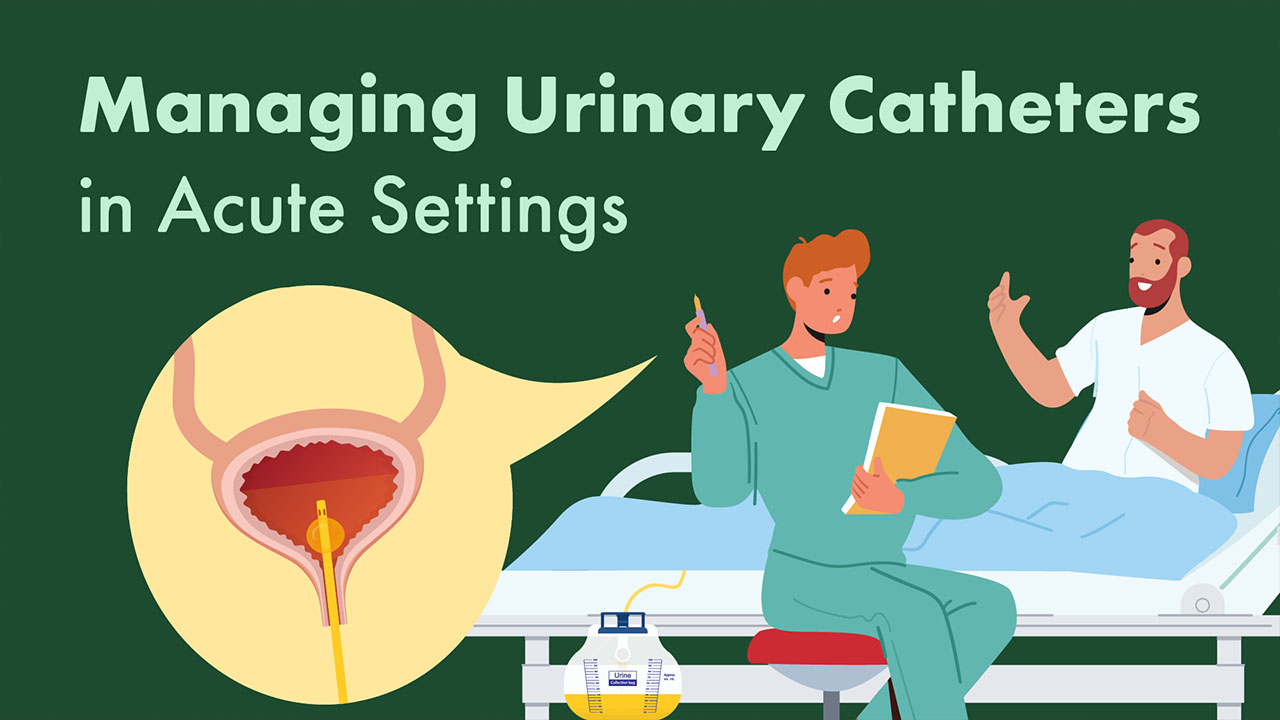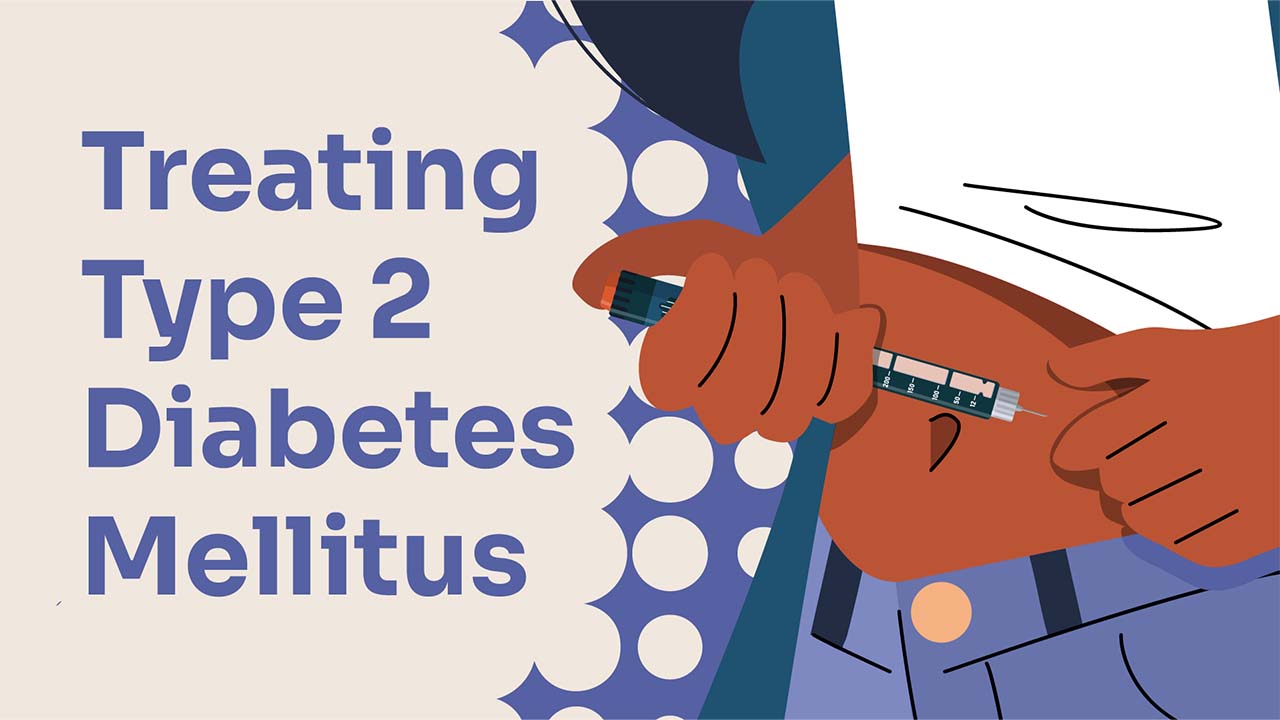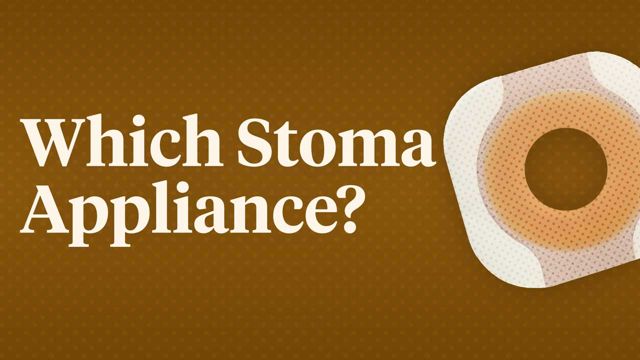Managing Urinary Catheters in Acute Settings


Urinary catheterisation is one of the most common procedures healthcare professionals perform in acute settings. Despite its prevalence, the nature of catheterisation can present serious risks to patients, such as catheter-associated urinary tract infections (CAUTIs) if performed poorly or incorrectly.
This Ausmed Course educates learners on best practices for catheter management aimed at improving outcomes for both patients and healthcare professionals.
Content
What you'll learn:
Demonstrate an accurate understanding of when different types of urinary catheters are appropriately and inappropriately indicated for a patient.
Identify and assess the function of various urinary catheter features.
Apply an understanding of best-practice urinary catheter management to patients in your care.
Promptly identify and address common urinary catheter-related complications.
Confidently educate patients in your care about their role in maintaining and caring for their urinary catheter.
Who it's for:
Why it's needed:
Urinary tract infections were the second-most common hospital-acquired complication across all Australian hospitals between 2021-22, and accounted for approximately 25% of all healthcare-associated infections overall.
Of these hospital-acquired urinary tract infections, it is estimated that catheter-acquired urinary tract infections (CAUTIs) make up anywhere between 70–80%. In spite of these high prevalence rates, up to 70% of CAUTIs are deemed preventable.
Therefore, proper management and assessment of catheter use is vital in preventing CAUTIs and other complications, which can be highly distressing for patients, prolong hospital stays, and add substantial healthcare costs to the system.
Studies show that healthcare professionals responsible for overseeing urinary catheter devices play a crucial role in preventing and minimising associated complications. Effective education addressing best-practice catheter management will improve outcomes through enhanced knowledge and improved confidence.
Purpose:
Topics
Assign mandatory training and keep all your records in-one-place.
Find out more
Recommended resources










 New
New